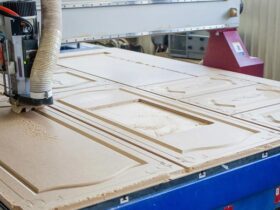Let us give a specific example, if the block has the dimensions of two hundred per four hundred per eight hundred, then by changing these values, you can get the total cubicature of one block. In this case, it will be 0.064 cubic meters. Now, the total cubicature of the walls, which has already been calculated earlier (42) is divided into the cubicature of one block (0.064). As a result, in this example, 656 blocks are obtained.
All these calculations cannot be called accurate, since windows and doors were not taken into account here, as well as a reserve for battle and marriage.
In order for the calculations to be more accurate, you must first find out how many cubic meters the windows and doors in the total masonry will occupy themselves. After that, find out how many blocks fit into this volume and subtract this volume from the total number of blocks.
For example, if the house has two windows two meters high and one and a half wide, then their total height will be four meters, and the width is three meters. Third factor – wall thickness. As a result: 4 multiply by 3 and 0, 5 will be 6 cubic meters. 6 divide by 0.064 will be – 93. The total number of blocks is 656, if you now subtract the windows, it will turn out 563. These are already more accurate calculations that should immediately be written on paper so as not to forget.
As for the stock of building materials, they often depend on the manufacturer, the varieties of the blocks, how and where and where the material is delivered to the construction site. Usually each manufacturer, based on statistics, have approximate numbers that he recommends. On average, for preliminary calculations, you can add from two to five percent of the number of blocks for battle and marriage.
Knowing the exact number of building blocks by the place, you can go to the warehouse or order materials on the Internet with delivery.






